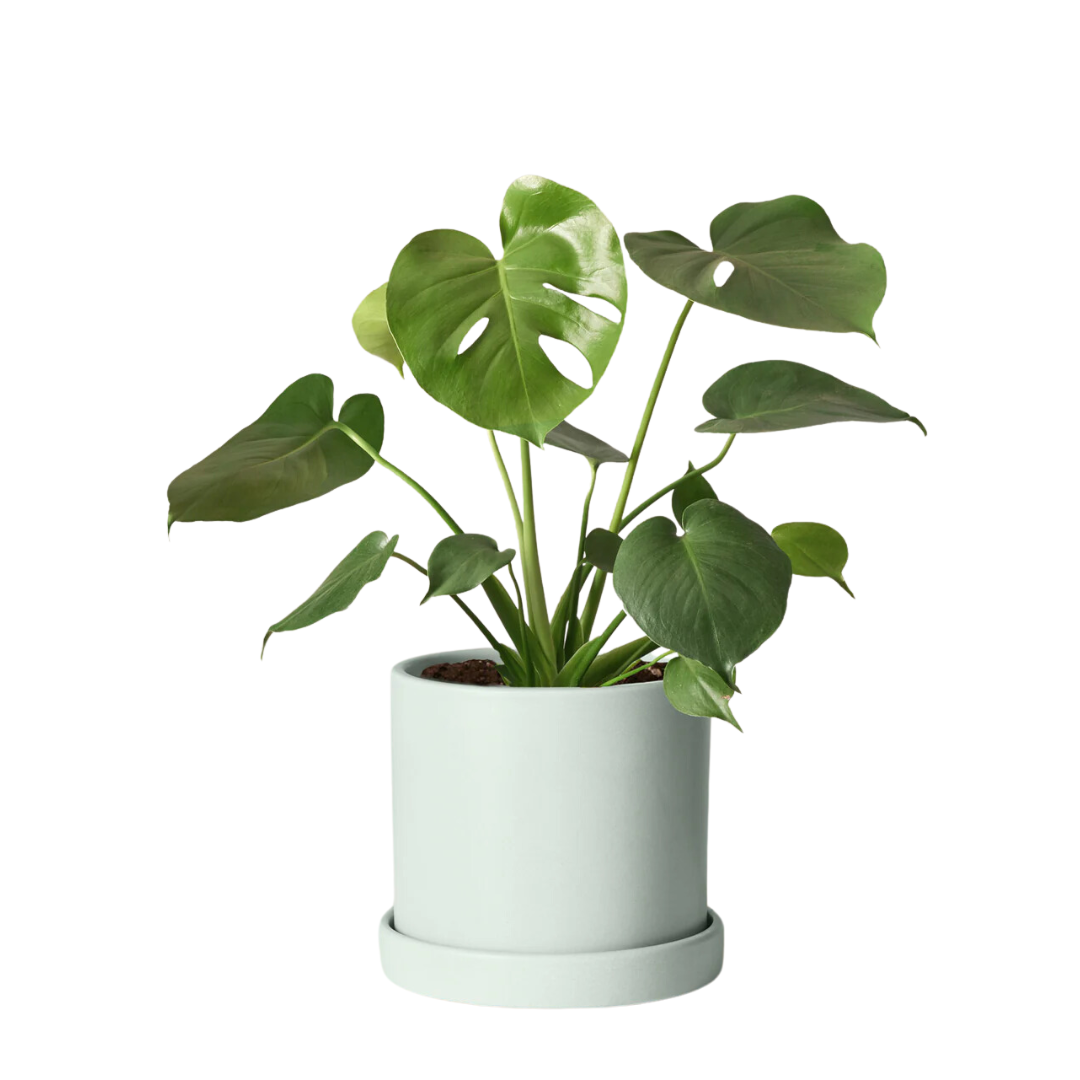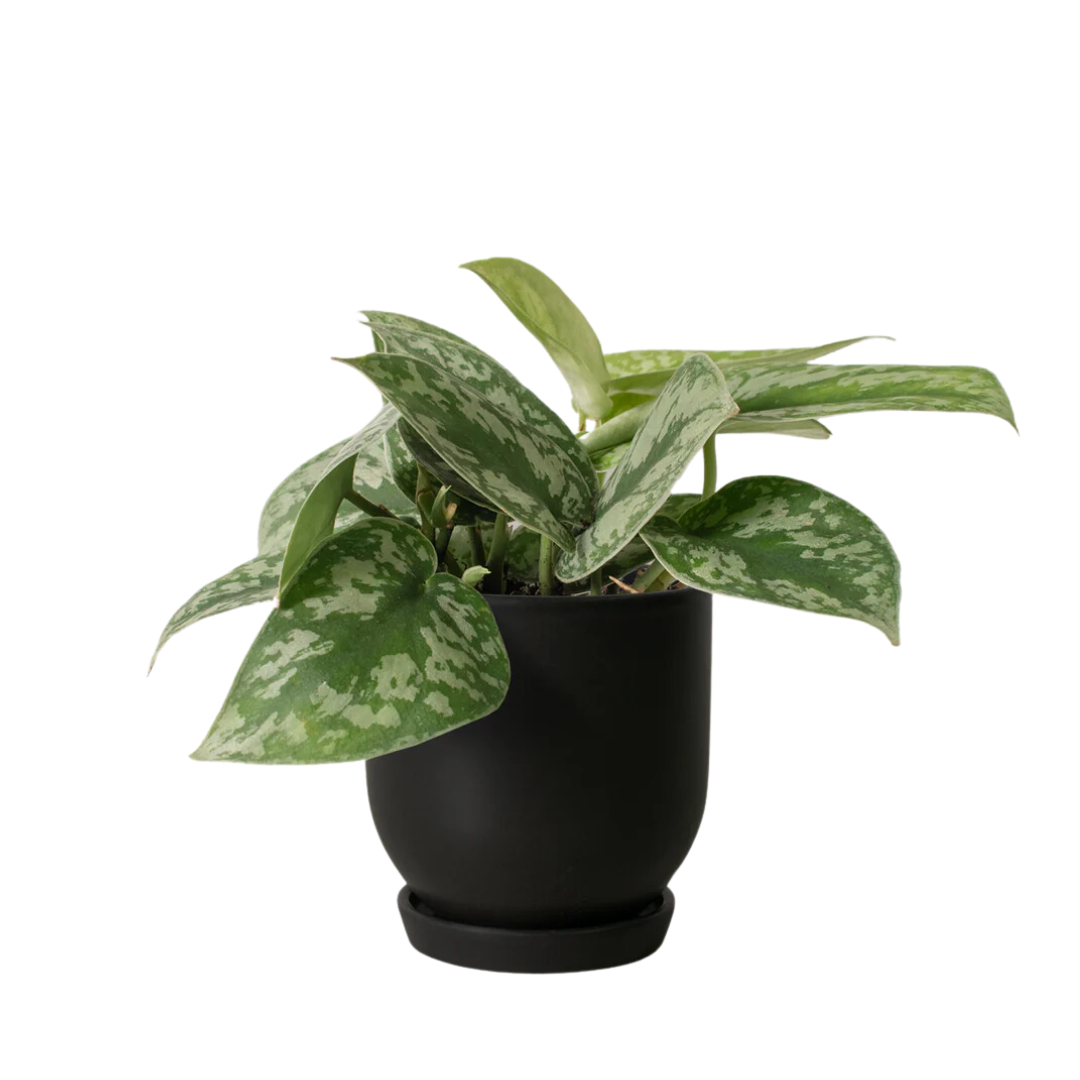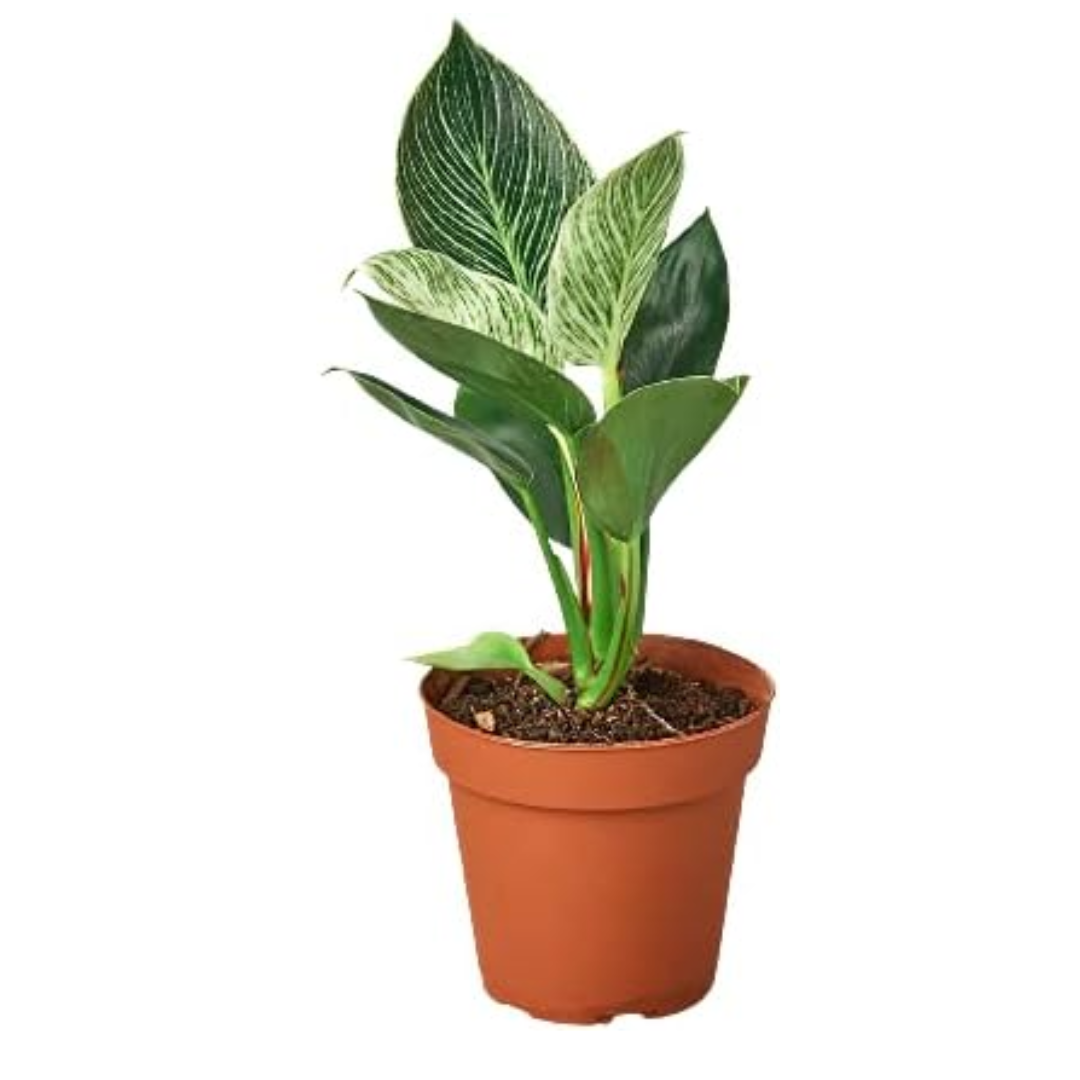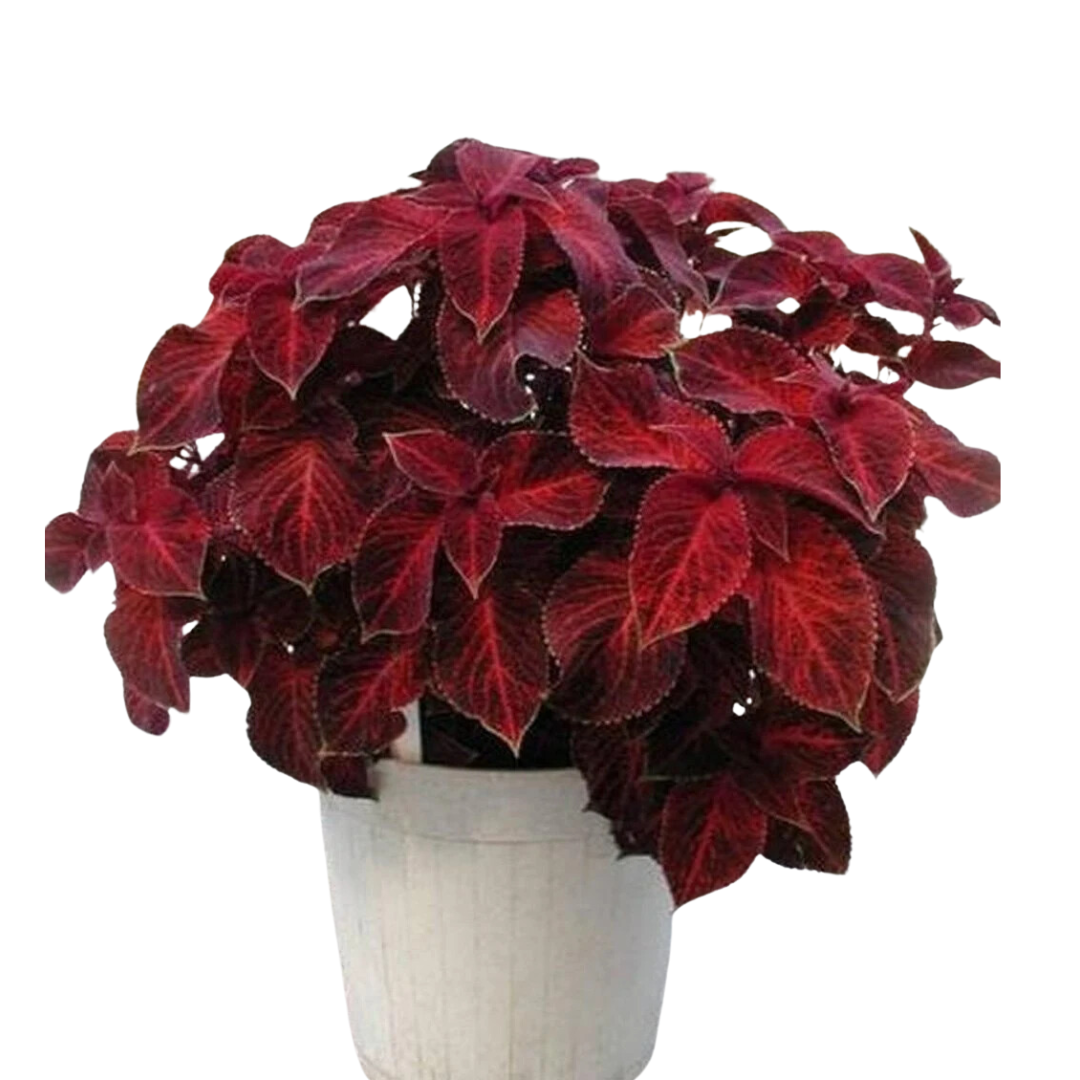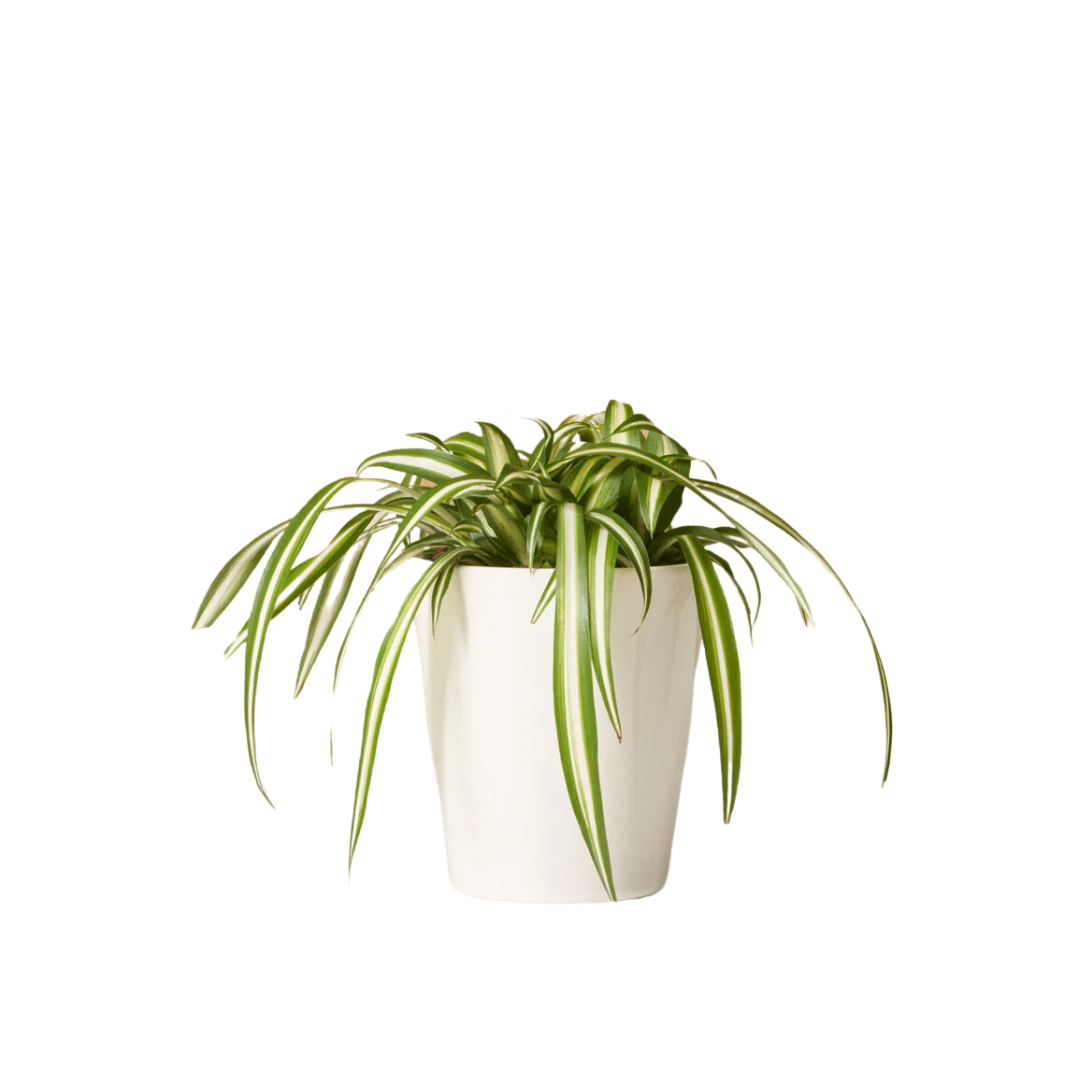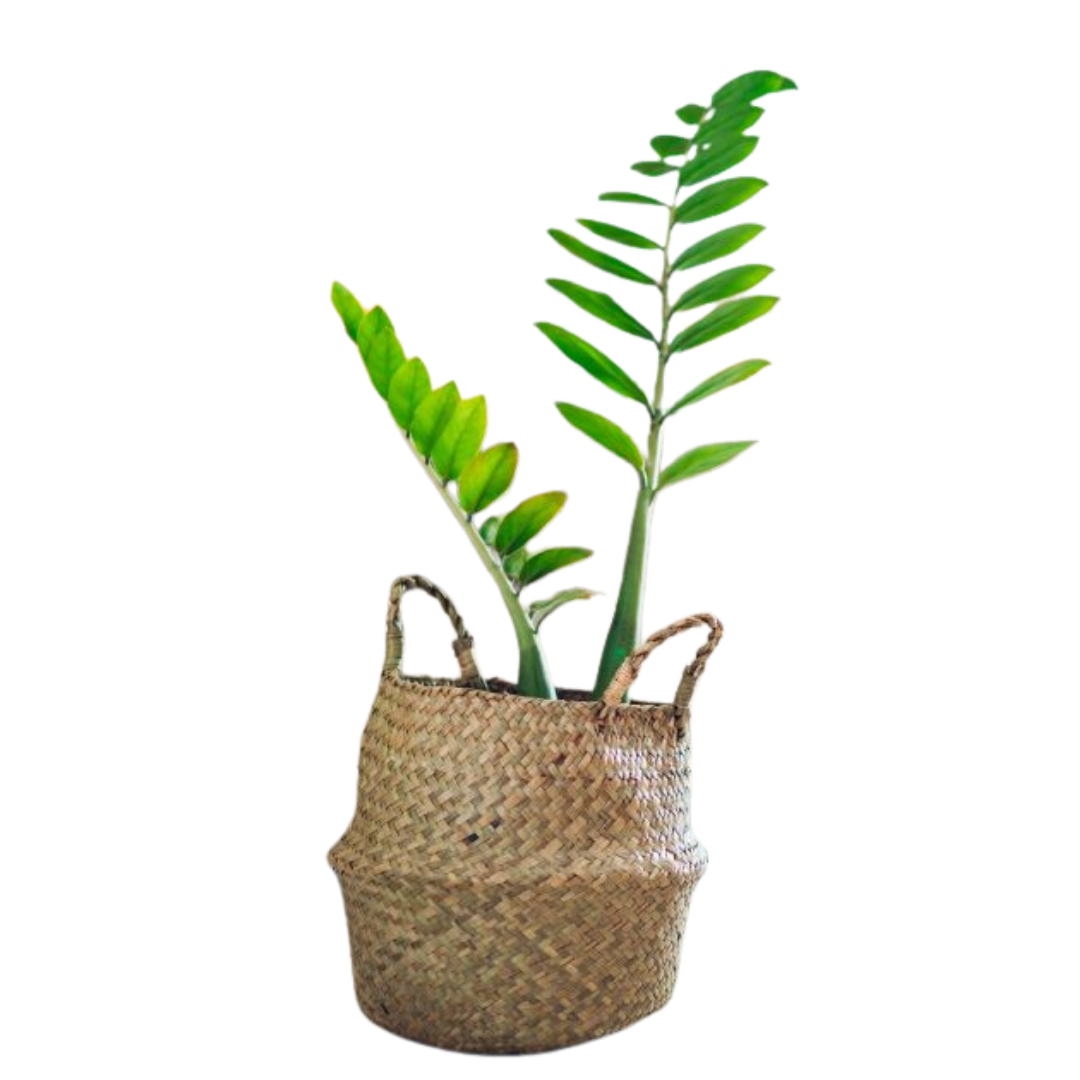6 Best Plants to Propagate in Water — Horticulturists Share How You Can Easily Double Your Favorite Foliage
Increase your collection or make gifts with this simple plant propagation technique with the guidance of our plant and gardening experts
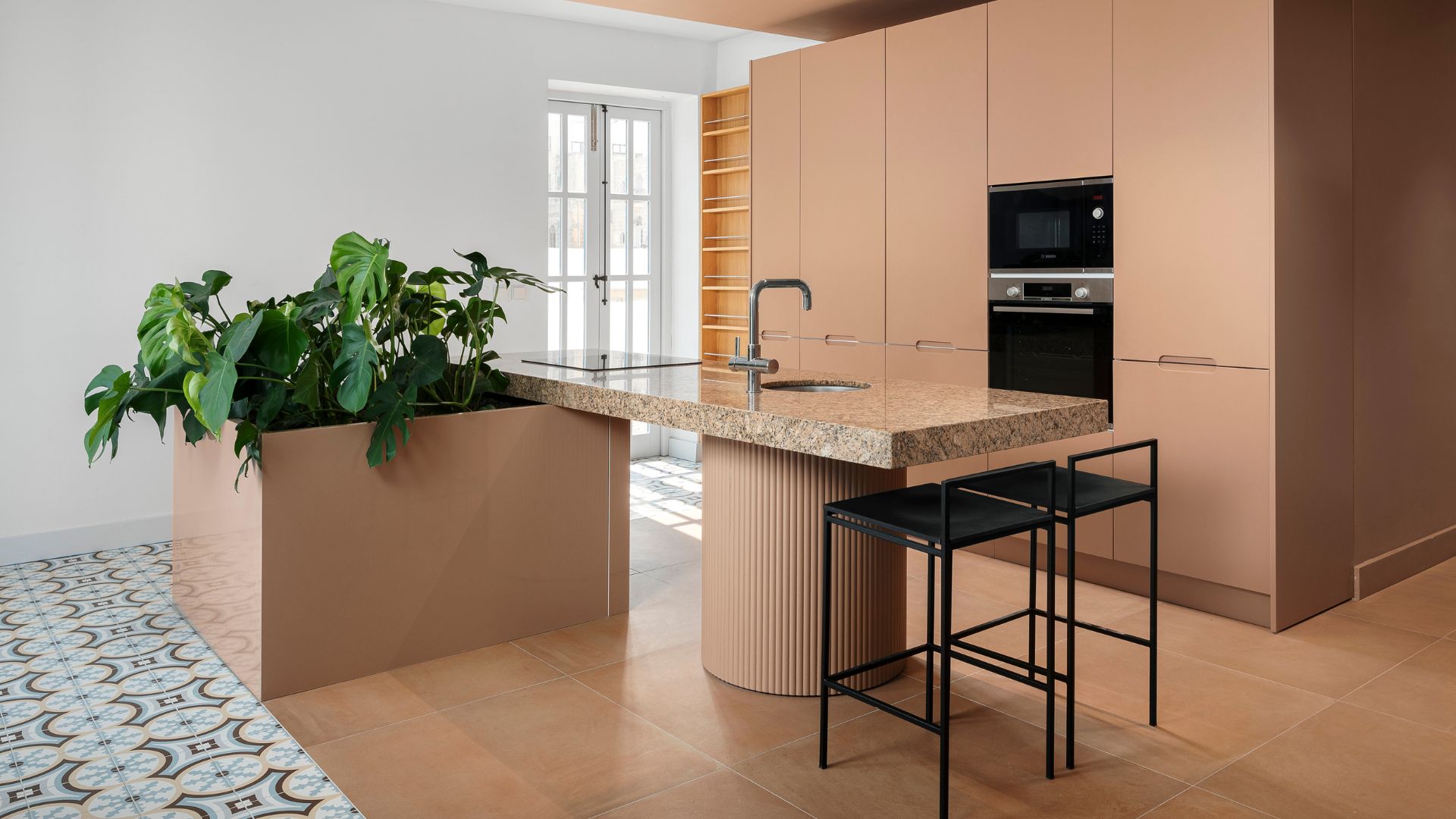
Propagating plants is simple, after all it's what nature intended. It's an easy and inexpensive way to increase your plant collection (or give them away as gifts). Just take a cutting, place it in water to root and voilà.
Many houseplants, such as Monstera and Philodendron can be propagated this way. However, this simple method works better with some plants than others. So if you're looking for the easiest houseplants to propagate and the best ones for water, we've got you covered.
We've asked horticulturalists which are the best plants to propagate in water, so you can experiment yourself.
6 best plants to propagate in water
Some of the best houseplants for beginners are also the easiest to propagate in water. These species are often fast-growers and you can increase their number quickly. Read on to discover more, plus how and where to take the cuttings and what exactly to do with them afterwards.
"One of the most rewarding things you can do with your plants is make more plants from the ones you already have," says Kamili Bell Hill, @plantblerd and author, Happy Plants Happy You. "There are many different methods of houseplant propagation but rooting in water remains my favorite.
"Monstera, Pothos, Philodenron and Coleus root well in water. More woody plants will likely rot. I like to watch the roots develop on cuttings. I also love using this method because a cutting rooting in water can be very beautiful."
1. Monstera (Swiss Cheese plant)

Monstera plant care is simple. With adequate water and light, and no extra attention, this fella grows fast. It's this rapid growth habit and low-maintenance requirements that also make the various types of Monstera plants easy to propagate with a cutting.
Kamili talks us through how to take a Monstera cutting, so that it will root successfully. "Along the stem of a plant, you’ll find nodes. These nodes contain the blueprint for the new plant that will eventually develop after the cutting is rooted," says Kamili. "Without a node, the cutting may produce roots, but it will never be a new plant.
"Nodes are always located at the base of where a leaf meets the stem. Some nodes are easy to spot, even when there is no leaf, because the stem will be slightly protruded or fatter in the spot where the node is. The key to success is always making the correct cut on your cutting—just below the node. Without the node, the cutting will not develop new leaves.
"Cut the stem on a 45-degree angle, so that the cutting does not sit flush against the bottom of the vessel. This will help prevent the cutting from rotting and turning to mush. Also, remember to remove any lower leaves (you do not want to submerge any leaves in water, as they will turn to mush too)."
Kamili recommends using a small container filled with enough water to cover the node (and any aerial roots when they appear).
"The cuttings will secrete small amounts of hormones into the water as it is slowly developing roots," says Kamili. "The smaller the vessel or container, the more available the hormones will be in the water. You do not need a gallon-sized jug full of water to root a cutting. But you do need to top up the water when it evaporates to replenish oxygen for the roots."
2. Pothos (Devil's Ivy)
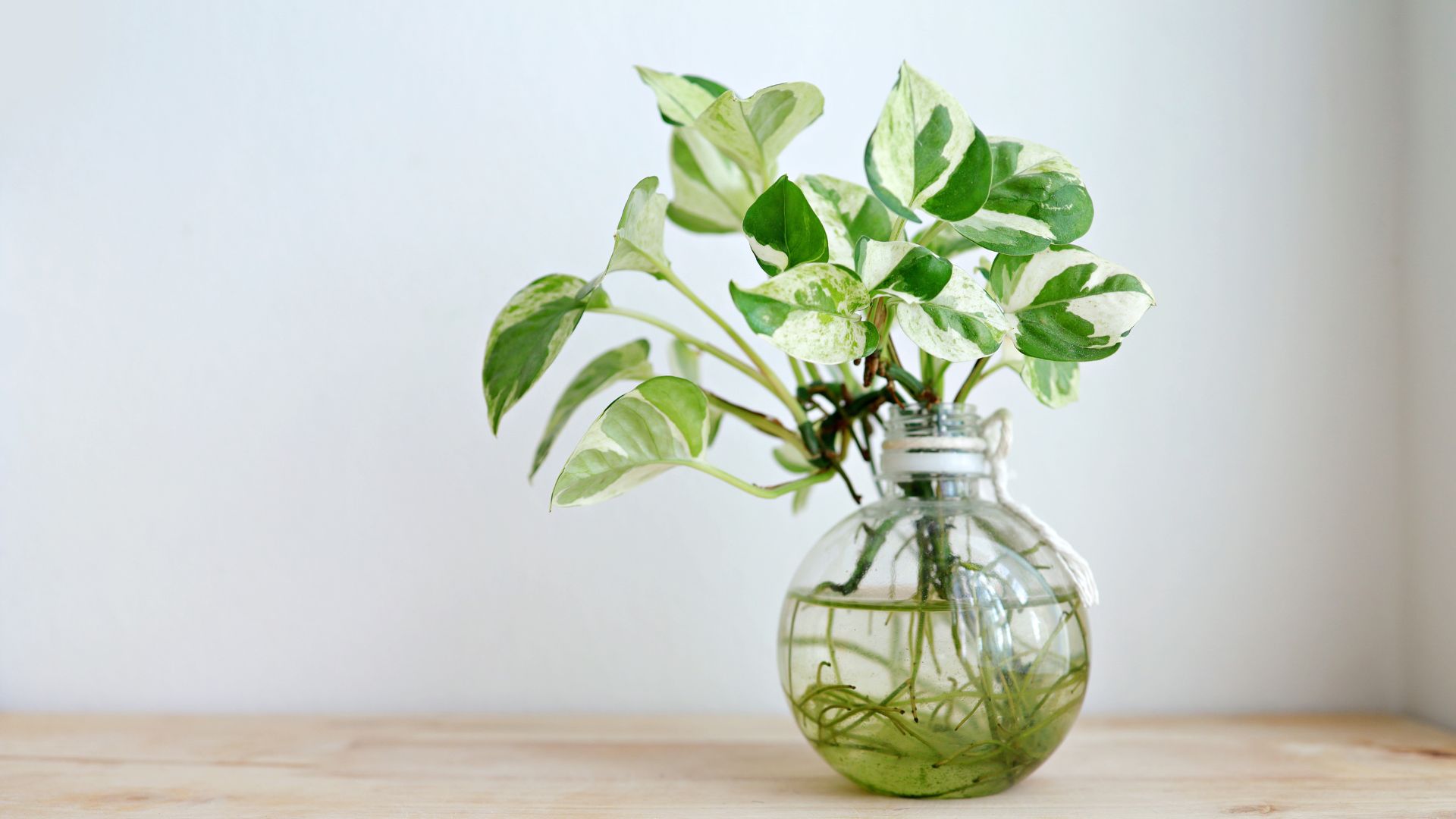
Pothos is another easy indoor climbing plant to propagate in water. As one of the best low-maintenance plants for indoor gardening, it's another fast-grower. This means you'll see results pretty quickly.
"For Pothos, Philodendron and ZZ plant, you simply need to cut a healthy stem cutting of about 4 or more inches and place it in some water," says Samantha Adler, founder, Houseplant Concierge. "They all root quickly."
"Keep an eye on the cutting and add more water as the water level drops," adds Kamili. "Refresh the water if it starts to get cloudy and gross. This is important to keep oxygen in the water and to keep it free from bacteria that can cause stem or root rot.
"Place your cuttings in an area that gets the ambient light from the room. There is no need to place the cutting in direct light (this could lead to algae growth in the water). The focus is on root development."
3. Philodendron
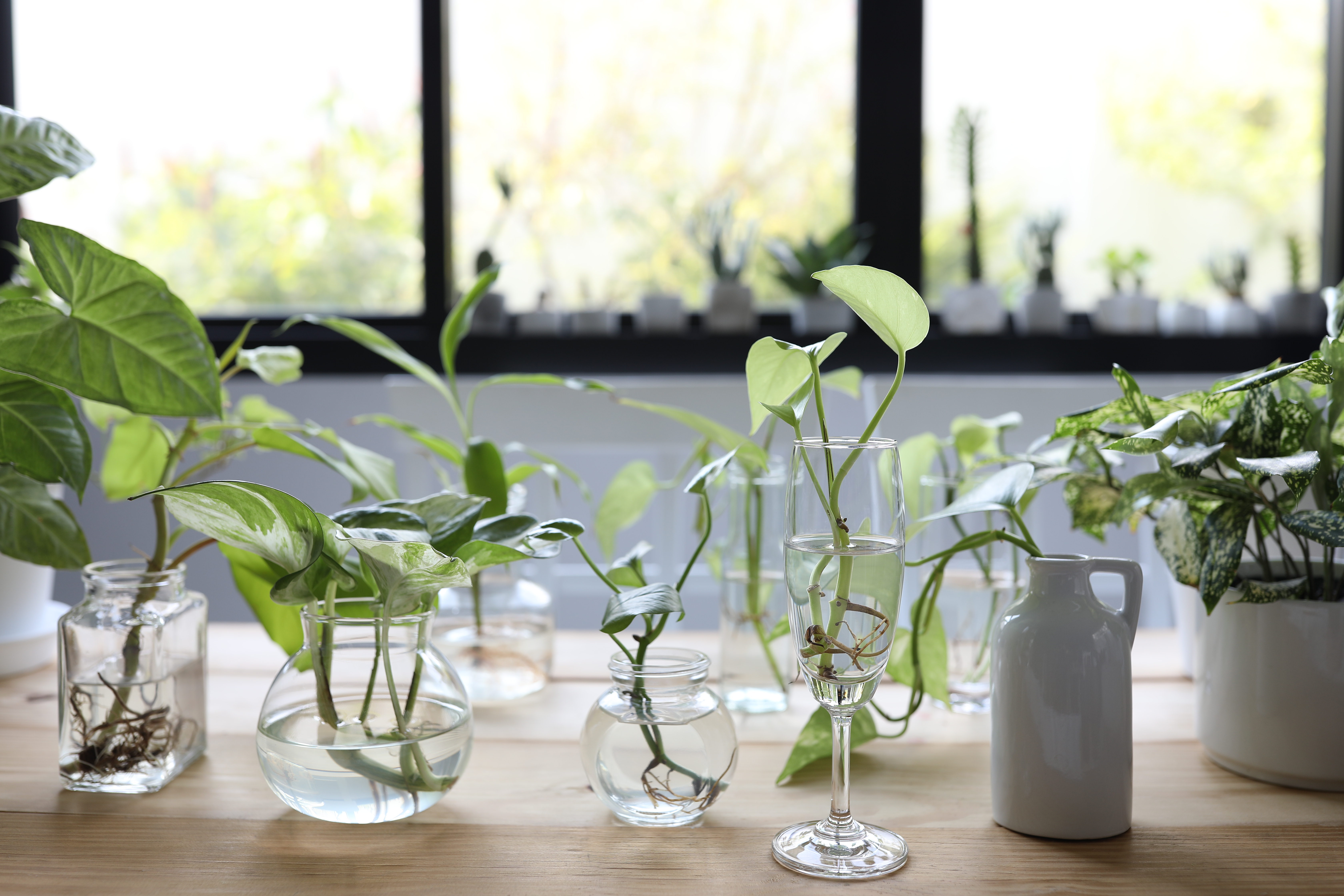
This quick-growing vine is one of the best plants for a lush indoor garden. It's also super-easy to replicate too. If you have one Philodendron, and you like decorating with plants, you can soon have multiples to display, either climbing or trailing in different places around your home.
Take the cutting in the same way as with Pothos and place it in water. It will take a few weeks for roots to develop.
"When you have roots that are 2 to 3 inches (5 to 8 cm) long, you are ready to transfer your cutting to soil," says Kamili. "Do not transfer the cutting before the roots are well established. I have had more than one rooted cutting not make it because I planted it up too soon.
"Once in the soil, you have yourself a new plant. You can transfer the rooted cutting to its own pot or add it back to the original pot to make your mother plant look fuller faster.
"When potting up a rooted cutting in its own planter, it is always better to err on the side of small when it comes to choosing a planter. The roots are still developing, and you don’t want to smother them in soil in a planter that is too big.
"Initially, you will want to make sure to keep the soil moist until you see that first sign of a new leaf. When a new leaf emerges, you know your cutting is now a fully established new plant."
4. Coleus

With its spectacular foliage and endless variegations of purple, pink, green, yellow and red, it's easy to mistake Coleus as a tricky plant to grow or propagate. However, these colorful perennials are among the easiest and fastest plants to grow indoors.
Coleus are also another of Kamili's favorite plants to propagate in water. Take a cutting by snipping a stem at a 45 degree angle and remove the lower leaves, so they will not be submerged when you place them in a small vessel of water. Then simply wait a few weeks for the stem to grow roots and when they are big enough, plant it up in soil.
"Propagating is even more exciting than plant shopping," says Kamili. "It's the magical act of cloning your plants to make more plants."
5. Spider plant (Chlorophytum comosum)
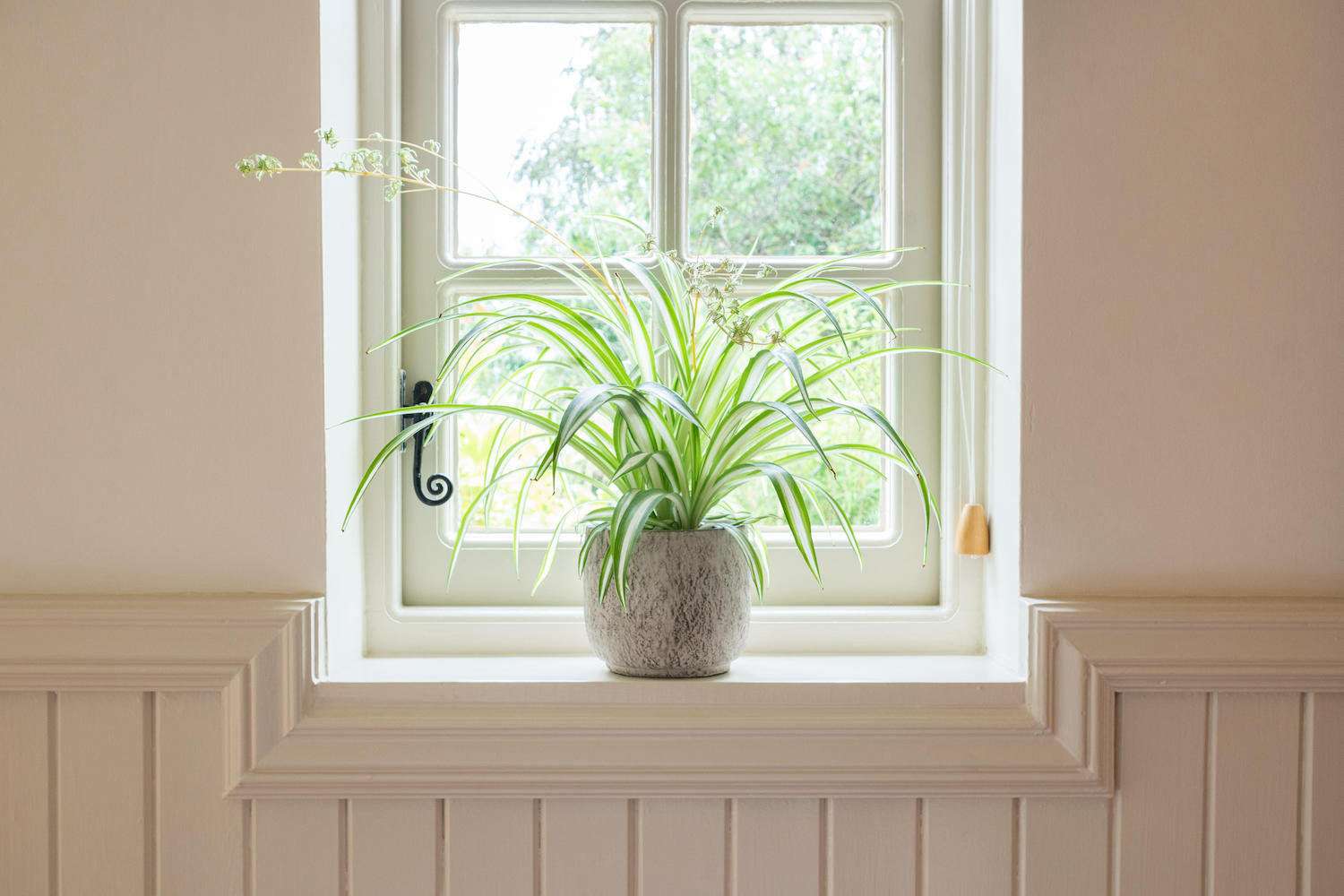
Popular in the 60s and 70s, Spider plants had a resurgence in indoor gardens a few years ago. As one of the best indoor hanging plants, this fast-growing foliage often features in macrame hangers. However, it is equally at home on a plant shelf and can be propagated easily in water.
"The special thing about Spider Plants is they create lots of Spiderettes, or baby spider plants, on little offshoots all over the place," says Samantha. "You can stick one of these Spiderettes (still attached) into some water for it to grow roots. You can also cut one and stick it in water to grow roots, although the rooting process will be a little slower."
6. ZZ plant (Zamioculcas zamiifolia)
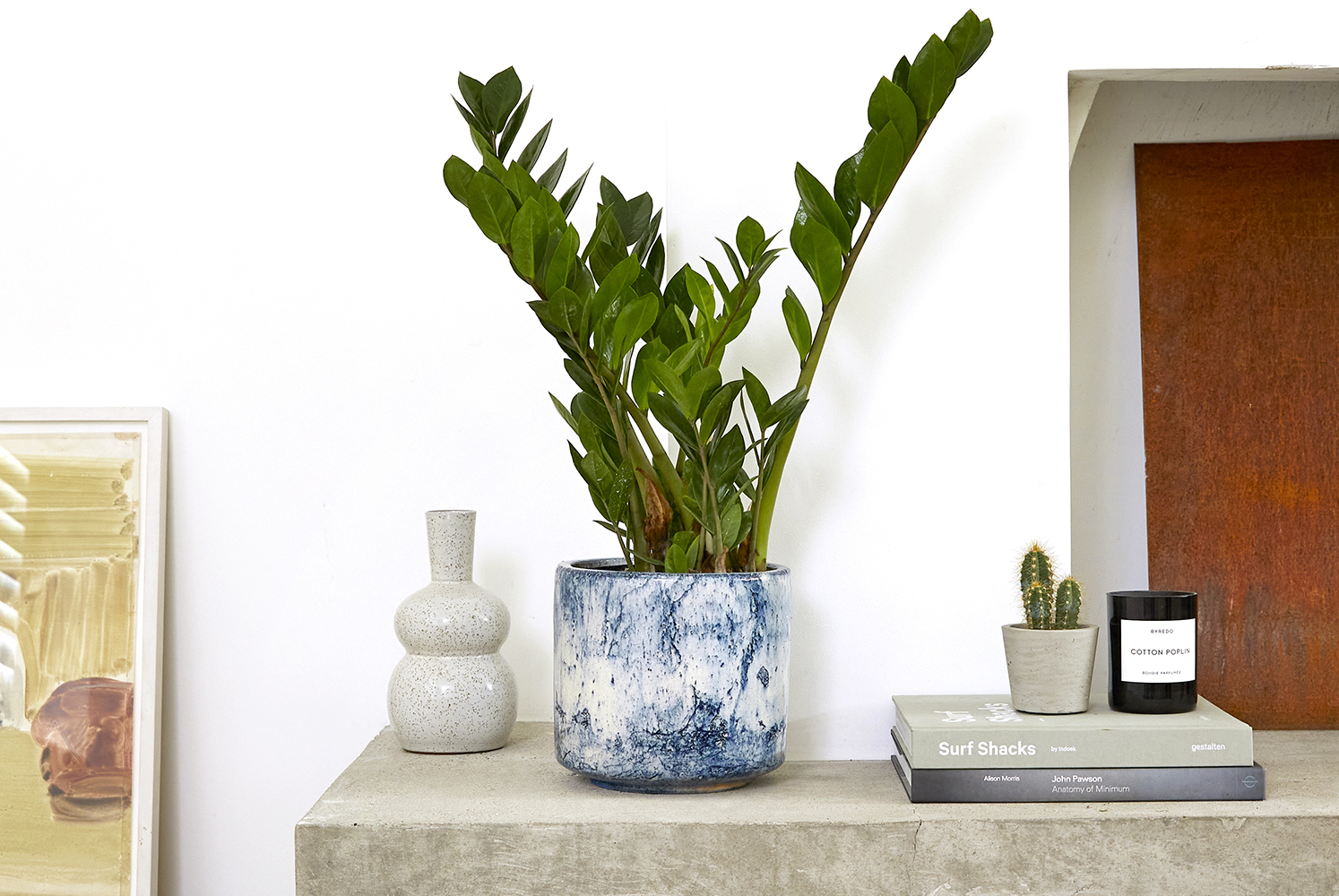
If you have a north-facing room that you would like to fill with foliage, propagate a ZZ plant. Otherwise known as Zamioculcas zamiifolia, this is one of the best houseplants for low light, and it can cope well in the darker spots in our homes. Although, it will thrive and grow faster with higher light levels.
Lindsay Sisti, founder, All the Plant Babies and author, The Ultimate Guide to Houseplant Propagation explains that the simplest way to propagate a ZZ plant outside of basic division is to take a cutting of the thick petiole.
"The petiole is what most people would think of as the main stem," says Lindsay. "Alternatively, cut a leaflet with a little bit of the petiole attached (the little piece of stem attached to the leaf) and place it in water.
"In 7-12 months time, the propagule will grow a new rhizome and roots. Don’t forget to change the water at least once a week to prevent algae buildup. The most important thing you need for this propagation project to be a success is patience."
FAQs
What plants grow in water only?
The plants on our list grow in soil, but can be rooted in water–and they can be grown hydroponically. However, plants grown only in water (hydroponically) need to be fertilized regularly.
Some plants, such as water lilies and lotus are aquatic and generally grow in water rather than soil. However, even these aquatic plants can be grown in soil, if the conditions are right.
Be The First To Know
The Livingetc newsletters are your inside source for what’s shaping interiors now - and what’s next. Discover trend forecasts, smart style ideas, and curated shopping inspiration that brings design to life. Subscribe today and stay ahead of the curve.
Jacky Parker is a London-based freelance journalist and content creator, specialising in interiors, travel and food. From buying guides and real home case studies to shopping and news pages, she produces a wide range of features for national magazines and SEO content for websites
A long-time contributor to Livingetc, as a member of the team, she regularly reports on the latest trends, speaking to experts and discovering the latest tips. Jacky has also written for other publications such as Homes and Gardens, Ideal Home, Red, Grand Designs, Sunday Times Style and AD, Country Homes and Interiors and ELLE Decoration.
-
 The 'New British' Style? This Victorian London Home Embraces Its Owners' Global Background
The 'New British' Style? This Victorian London Home Embraces Its Owners' Global BackgroundWarm timber details, confident color pops, and an uninterrupted connection to the garden are the hallmarks of this relaxed yet design-forward family home
By Emma J Page
-
 Muji Living Room Ideas — 5 Ways to Harness The Calming Qualities of This Japanese Design Style
Muji Living Room Ideas — 5 Ways to Harness The Calming Qualities of This Japanese Design StyleInspired by Japanese "zen" principles, Muji living rooms are all about cultivating a calming, tranquil space that nourishes the soul
By Lilith Hudson
-
 These Are the Dos and Don'ts of Bamboo Plant Placement — Follow This to Avoid Bad Feng Shui
These Are the Dos and Don'ts of Bamboo Plant Placement — Follow This to Avoid Bad Feng ShuiBy following the experts' guidance on where to place this houseplant you can usher luck, wealth, and prosperity into your home
By Lilith Hudson
-
 Is It Okay to Have a Mirror Facing a Door in Feng Shui? The Verdict Is In and It Just Might Surprise You
Is It Okay to Have a Mirror Facing a Door in Feng Shui? The Verdict Is In and It Just Might Surprise YouDecorating your home with mirrors calls for intention if you're dressing your space in accordance with Feng Shui. Here's what you should know.
By Amiya Baratan
-
 4 Things to Unpack as Soon as You Move House — For a Comfortable and Organized Fresh Start
4 Things to Unpack as Soon as You Move House — For a Comfortable and Organized Fresh StartIf you have a major move in the works and you're looking to prepare in advance, this is the starter kit you need to properly set up your new home.
By Amiya Baratan
-
 10 Decluttering Challenges to Have on Your Radar This Year — For a Tidier, More Mindful Home
10 Decluttering Challenges to Have on Your Radar This Year — For a Tidier, More Mindful HomeIf you're interested in transforming your home for the better, here are 10 decluttering challenges I recommend for a professionally tidy space.
By Amiya Baratan
-
 Biophilic Decluttering — What to Take Out of Your Home (and What to Put in) for a More Natural Home
Biophilic Decluttering — What to Take Out of Your Home (and What to Put in) for a More Natural HomeTry your hand at biophilic decluttering to ground your interiors, connect to the environment, and cure chronic clutter in one go. Here's how.
By Amiya Baratan
-
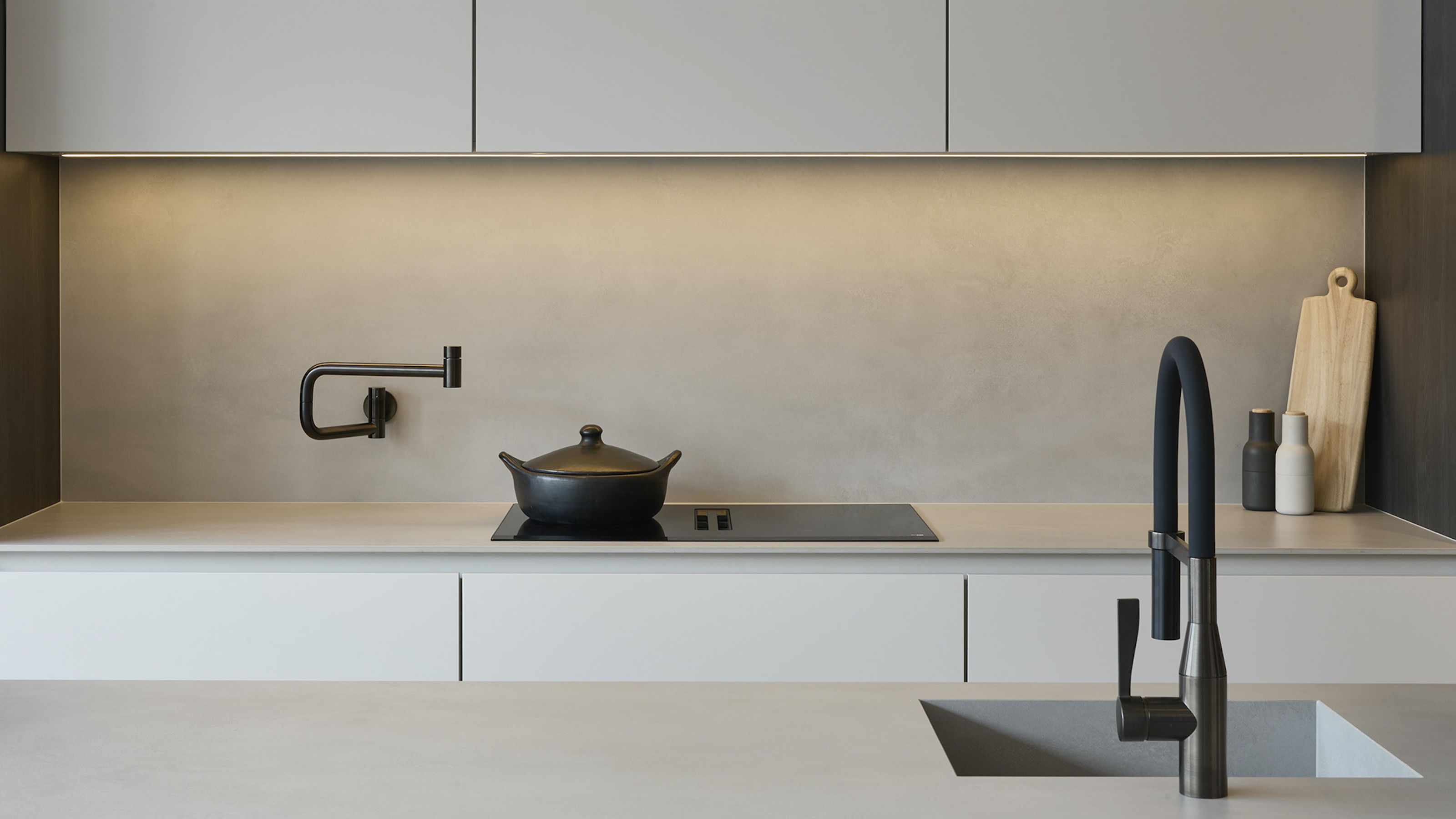 The 10 Different Types of Kitchen Taps — And the Pros and Cons of Each One to Know Before You Pick
The 10 Different Types of Kitchen Taps — And the Pros and Cons of Each One to Know Before You PickFrom sleek pull-outs to vintage bridge taps, explore 10 kitchen tap styles that mix function, flair, and a splash of cool
By Linda Clayton
-
 How Much Does an Extension Cost in 2025? Renovation and Design Experts Break Down Your Budget
How Much Does an Extension Cost in 2025? Renovation and Design Experts Break Down Your BudgetExplore how much different types of extensions cost in 2025 to budget for your project accurately
By Amy Reeves
-
 9 Bathroom Storage Mistakes You're Probably Making That Make Using This Space Much Harder — And What to Do Instead
9 Bathroom Storage Mistakes You're Probably Making That Make Using This Space Much Harder — And What to Do InsteadDiscover which mistakes are to blame for your overcrowded and cluttered bathroom
By Seraphina Kyprios
